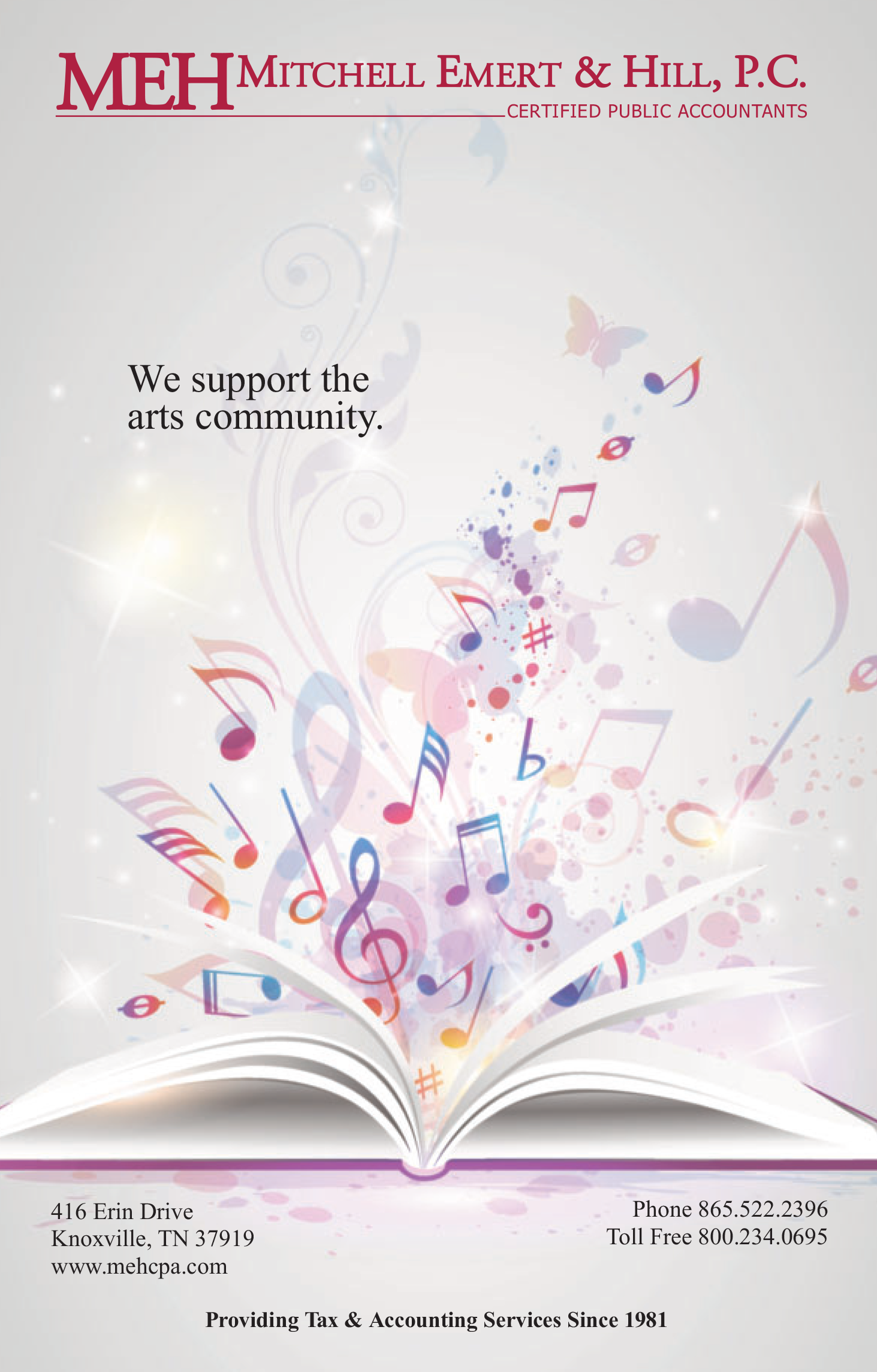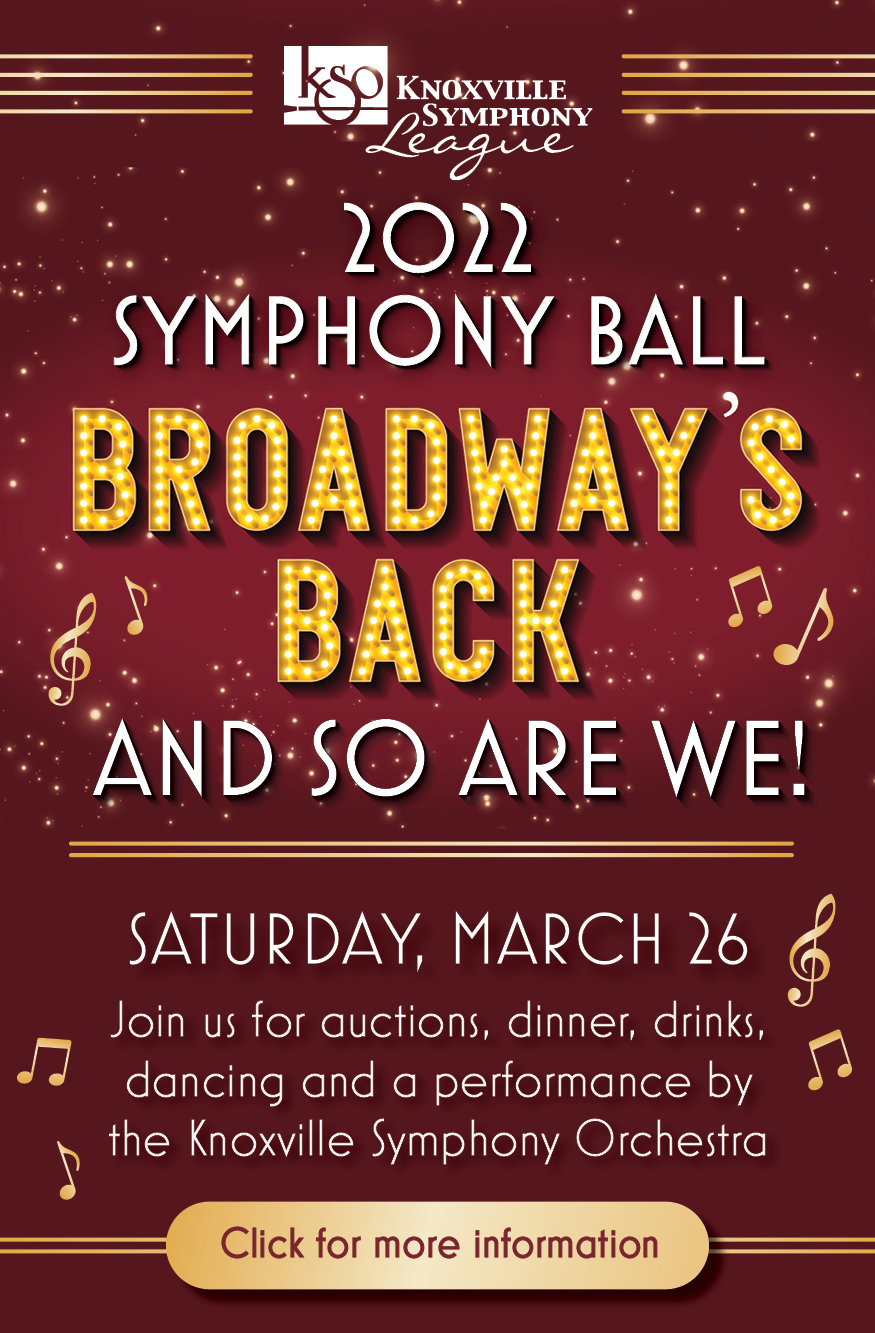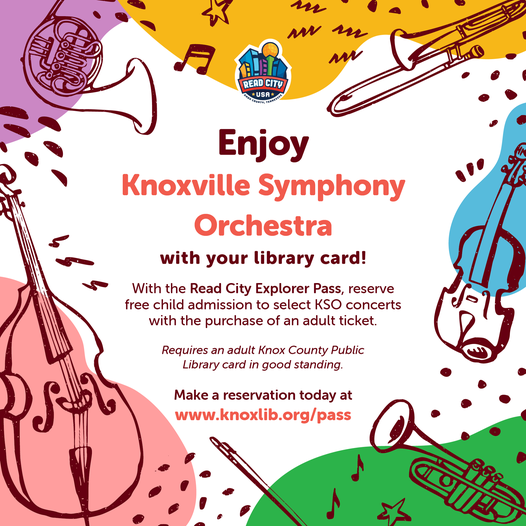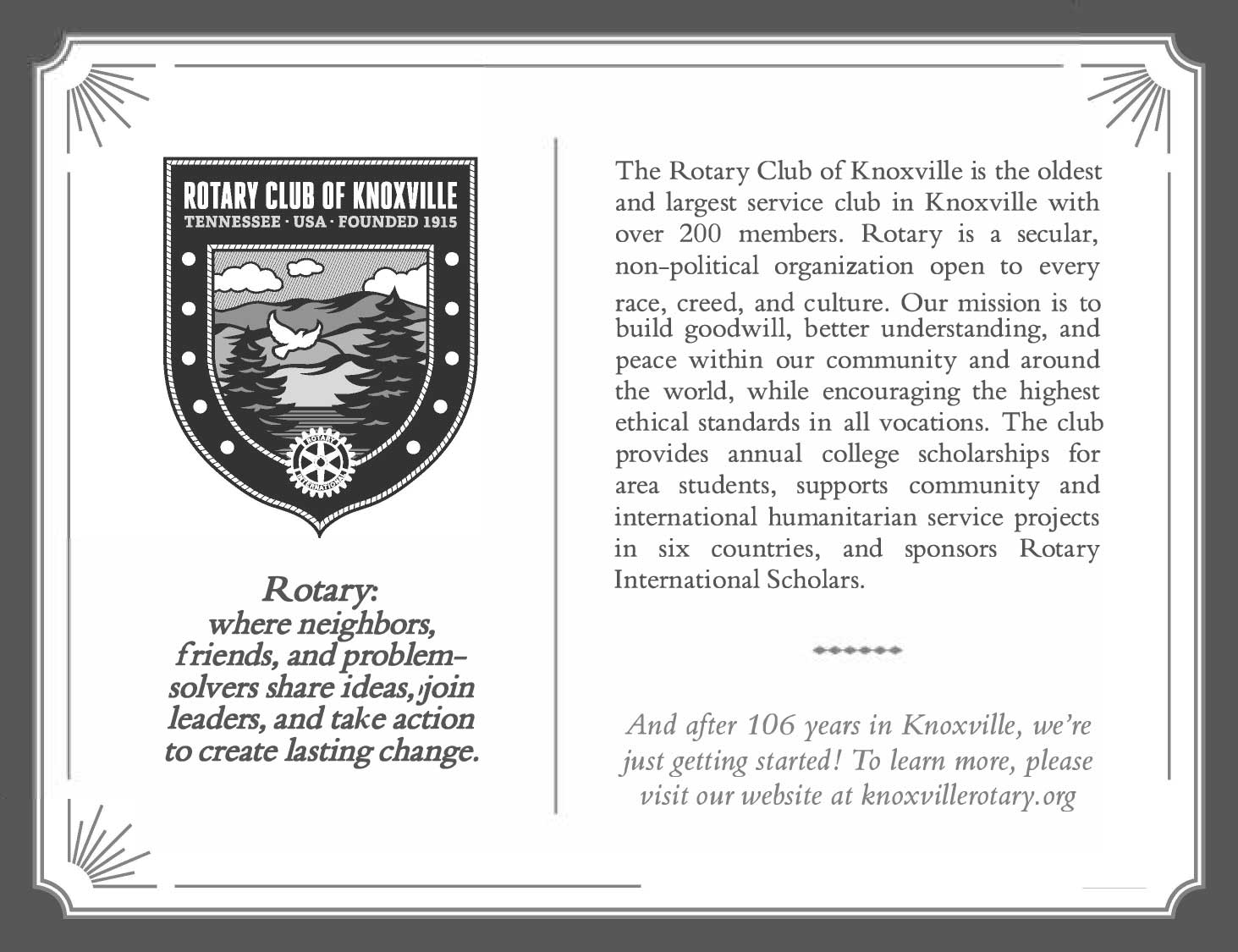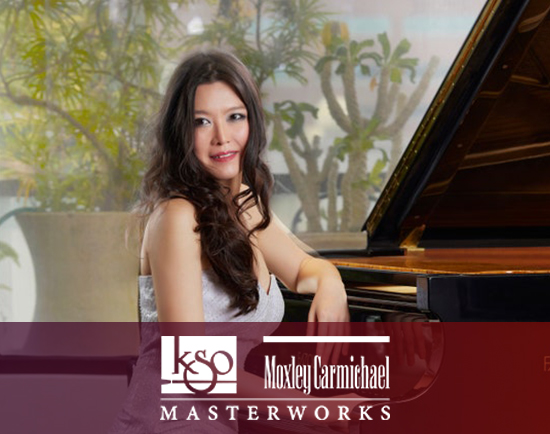
blue cathedral (1999)
Jennifer Higdon was born in Brooklyn, New York, on December 31, 1962. The first performance of blue cathedral took place at the Academy of Music in Philadelphia, Pennsylvania, on May 1, 2000, with Robert Spano conducting the Curtis Symphony Orchestra. blue cathedral is scored for piccolo, two flutes, oboe, English horn, two clarinets, four bassoons, four horns, three trumpets, three trombones, tuba, timpani, crotales, marimba, tam-tam, vibraphone, orchestra bells, bell tree, sizzle cymbal, suspended cymbal, chimes, small triangle, large triangle, bass drum, large tom-tom, tam-tam, harp, piano/celesta, and strings. Approximate performance time is twelve minutes.
Blue…like the sky. Where all possibilities soar. Cathedrals…a place of thought, growth, spiritual expression…serving as a symbolic doorway in to and out of this world. Blue represents all potential and the progression of journeys. Cathedrals represent a place of beginnings, endings, solitude, fellowship, contemplation, knowledge and growth. As I was writing this piece, I found myself imagining a journey through a glass cathedral in the sky. Because the walls would be transparent, I saw the image of clouds and blueness permeating from the outside of this church. In my mind's eye, the listener would enter from the back of the sanctuary, floating along the corridor amongst giant crystal pillars, moving in a contemplative stance. The stained glass windows’ figures would start moving with song, singing a heavenly music. The listener would float down the aisle, slowly moving upward at first and then progressing at a quicker pace, rising towards an immense ceiling which would open to the sky…as this journey progressed, the speed of the traveler would increase, rushing forward and upward. I wanted to create the sensation of contemplation and quiet peace at the beginning, moving towards the feeling of celebration and ecstatic expansion of the soul, all the while singing along with that heavenly music.
These were my thoughts when The Curtis Institute of Music commissioned me to write a work to commemorate its 75th anniversary. Curtis is a house of knowledge—a place to reach towards that beautiful expression of the soul which comes through music. I began writing this piece at a unique juncture in my life and found myself pondering the question of what makes a life. The recent loss of my younger brother, Andrew Blue, made me reflect on the amazing journeys that we all make in our lives, crossing paths with so many individuals singularly and collectively, learning and growing each step of the way. This piece represents the expression of the individual and the group…our inner travels and the places our souls carry us, the lessons we learn, and the growth we experience. In tribute to my brother, I feature solos for the clarinet (the instrument he played) and the flute (the instrument I play). Because I am the older sibling, it is the flute that appears first in this dialog. At the end of the work, the two instruments continue their dialogue, but it is the flute that drops out and the clarinet that continues on in the upward progressing journey.
This is a story that commemorates living and passing through places of knowledge and of sharing and of that song called life.
This work was commissioned and premiered in 2000 by the Curtis Institute of Music.
--Jennifer Higdon
Piano Concerto No. 25 in C Major, K. 503 (1786)
Wolfgang Amadeus Mozart was born in Salzburg, Austria, on January 27, 1756, and died in Vienna, Austria, on December 5, 1791. In addition to the solo piano, the Concerto in C, K. 503, is scored for flute, two oboes, two bassoons, two horns, two trumpets, timpani, and strings. Approximate performance time is thirty minutes.
1786 was remarkably incredibly productive for Wolfgang Amadeus Mozart, even by his lofty standards. During that year, Mozart completed his opera buffa, Le nozze di Figaro, the singspiel The Impresario, and a revision of his earlier opera seria, Idomeneo. Mozart also composed several chamber pieces, solo vocal works, his Fourth Horn Concerto, K. 495, and three Piano Concertos—No. 23 in A Major, K. 488, No. 24 in C minor, K. 491, and No. 25 in C Major, K. 503.
Mozart completed his C-Major Concerto on December 4, 1786. Two days later, Mozart placed the finishing touches on his “Prague” Symphony, No. 38 in D, K. 504. These two magnificent works represent the culmination of one of the greatest years in Mozart’s composing life. But the C-Major Piano Concerto also represents the conclusion of yet another triumphant period for Mozart. During the height of Mozart’s popularity in Vienna, he sponsored a series of concerts known as “academies.” At these academies, Mozart, a virtuoso keyboard artist, premiered several piano concertos that he composed specifically for these events. During the years 1784-1786, Mozart completed no fewer than twelve piano concertos.
The Concerto No. 25 is the last in that magnificent series. In the following years, Mozart witnessed a precipitate decline in the demands for his services in Vienna as a composer, pianist, and teacher. This incomparable musical genius soon lost the financial ability to sponsor his once-successful academies. As a result, the opportunities to compose piano concertos became all too rare. After the completion of his Piano Concerto in C, K. 503, Mozart composed only two more works in that genre—the 1788 Concerto No. 26 in D, K. 537 (“Coronation”), and the B-flat Major Concerto, No. 27, K. 595, completed and premiered in 1791.
There is no specific documentation as to the premiere of the C-Major Concerto. The first performance may have taken place during a series of December 1786 academies at the Vienna Trattner Casino, with Mozart as soloist.
The Concerto opens in grand style (Allegro maestoso) with orchestral fanfares and a series of ascending and descending chords. At the conclusion of the orchestral exposition, the soloist enters with a gentle, introductory passage that leads to a reprise of the Concerto’s opening sequence. The soloist then presents virtuoso elaborations of the principal thematic material. The traditional development of the principal themes, their recapitulation, a solo cadenza, and a brief coda round out the opening movement. The orchestra’s introduction of the slow-tempo movement’s (Andante) principal material features evocative writing for the winds. The soloist enters with an accompanied restatement. After a brief contrasting section, the soloist and orchestra offer a varied reprise of the main themes, capped by a final ascending passage. The finale (Allegretto) begins with the orchestra’s statement of the principal rondo melody. Many of the soloist’s passages are tinged with melancholy. The closing pages, however, offer a refreshing exuberance, a satisfying conclusion to this rich and multidimensional work.
Program notes by Ken Meltzer
Symphony No. 1 in E Minor, Op. 39 (1899)
Jean Sibelius was born in Tavastehus, Finland, on December 8, 1865, and died in Järvenpää , Finland, on September 20, 1957. The first performance of the Symphony No. 1 took place in Helsinki, Finland, on April 26, 1899, with the composer conducting the Helsinki Philharmonic. The Symphony No. 1 is scored for two piccolos, two flutes, two oboes, two clarinets, two bassoons, four horns, three trumpets, three trombones, tuba, timpani, bass drum, cymbals, triangle, harp, and strings. Approximate performance time is thirty-eight minutes.
Finnish composer Jean Sibelius completed his First Symphony in early 1899. The premiere took place in Helsinki on April 26, 1899, with Sibelius leading the Helsinki Philharmonic. That premiere coincided with a particularly tumultuous period in Finland’s history. Despite its status as a Grand Duchy under the Russian Czar since 1809, Finland enjoyed relative autonomy for the better part of the 19th century. During that period, Finland maintained its own government, army, currency, and postal service. Finnish and Swedish served as official languages, and the Lutheran religion was maintained. However, in February of 1899, a Russian imperial decree made its State Council responsible for all laws affecting Finland. Russia incorporated the formerly autonomous Finnish postal system. The Finnish army was disbanded, and citizens became liable for conscription into the Russian military.
In 1899, the same year Sibelius completed his First Symphony, he composed Finlandia. That orchestral tone poem depicts the Finnish people rebelling against their oppressors. Unlike Finlandia, the First Symphony is not based upon a specific program. Still, the work served Finland’s patriotic cause. In 1900, Finnish conductor Robert Kajanus and the Helsinki Philharmonic began their first European tour. It encompassed several major cities, including Paris, where the World Exposition was in progress. The artists hoped that by showcasing Finland’s rich artistic heritage, they would rally support for their struggle with Russia. The Helsinki Philharmonic concerts featured several works by Sibelius, including Finlandia (called “La Patrie,” in order to avoid the wrath of Russian censorship), and the Symphony No. 1. Sibelius accompanied the performers on the tour and even, on occasion, conducted.
Although a relatively early work, the First Symphony’s brooding melancholy, explosive drama, and stark, transparent orchestration already reflect the unique voice of Finland’s greatest composer. Six years after the Symphony’s premiere, the eminent British music critic Ernest Newman was moved to comment: “I have never listened to any music that took me away so completely from our usual Western life, and transported me into a quite new civilization. Every page of (the First Symphony) breathes another manner of thought, another way of living, even another landscape and seascape than ours.”
The Symphony is in four movements. The first opens with a haunting, slow-tempo introduction (Andante, ma non troppo), finally resolving to the principal Allegro energico. The slow-tempo second movement, marked Andante (ma no troppo lento), features striking juxtapositions of moods. The third-movement Scherzo (Allegro) is based upon an insistent, seven-note motif. A slow-tempo interlude precedes the final reprise of the Scherzo. The Finale (Quasi una fantasia) opens with a reprise of its counterpart in the opening movement. This leads to the principal Allegro molto, finally resolving to the triumphant final measures, capped by two pizzicato chords.
Program notes by Ken Meltzer







